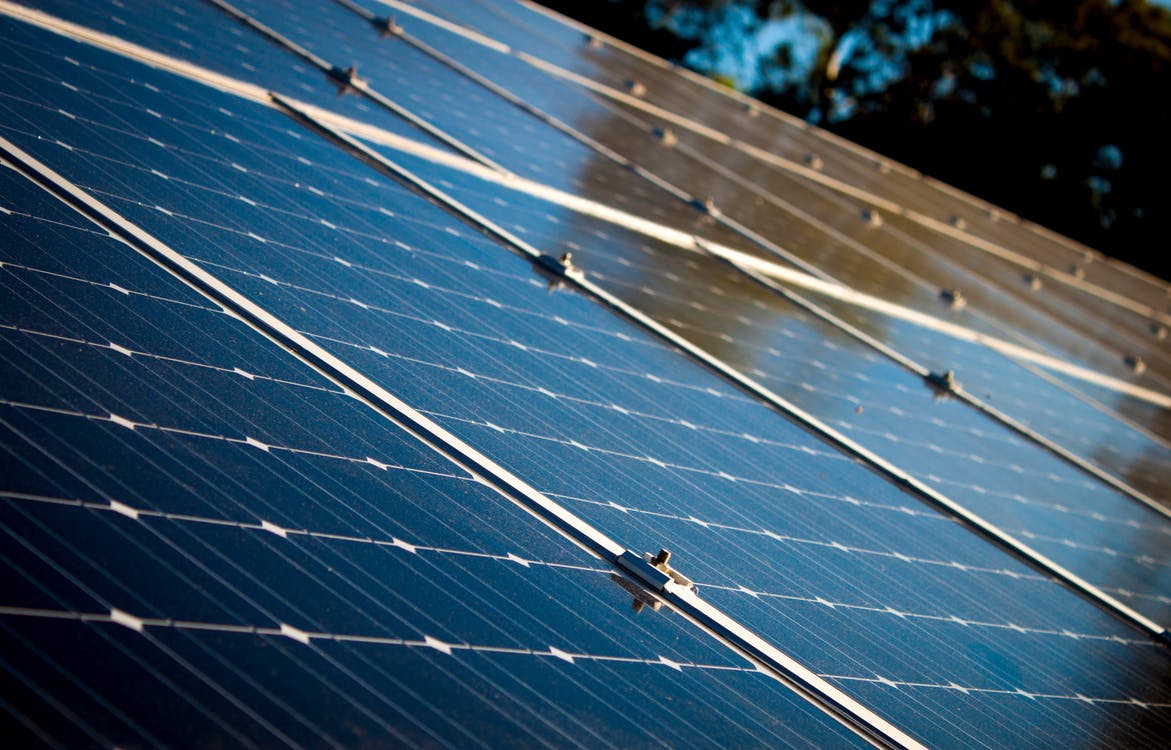Incentivising people to use power when renewable output is surplus but demand is low helps balance out peaks and keep the grid in equilibrium
Zero-carbon power outstripped fossil fuel in the UK’s electricity mix in 2020 for the first time since the industrial revolution. Back then, Thomas Edison’s Holborn Viaduct coal plant – opened in 1882 and the world’s first coal-fired power station – could light 1,000 lamps. Today, a single rotation of a wind turbine off Scotland’s coast can power a home for a day.
The challenge of green power is that while we humans are creatures of routine – we get up, travel and cook at the same time, creating predictable peaks and troughs in demand – wind and sunshine can show up at unexpected times or not at all. This causes fluctuations in power that our engineers at National Grid Electricity System Operator (ESO) must smooth out by balancing supply and demand in real time.
But consumers also have their part to play in this balancing act. Time-of-use energy tariffs, which incentivise people to use electricity outside those predictable peaks, will help keep the grid in equilibrium. And, in 2021, customers who sign up to them will be rewarded for their efforts.
Energy suppliers are already experimenting with time-of-use tariffs, which track electricity prices on the wholesale market. As periods of low demand and high renewable generation send market prices negative – something we have seen more than 250 times already during 2020 – consumers will be compensated for soaking up excess clean power.
During the 2020 May bank holidays, Octopus, a sustainable energy firm based in the UK, invited 50,000 customers to take part in a trial of its Agile Octopus tariff’s “plunge pricing”. High renewable output coupled with low demand as a result of lockdown pushed prices below zero and participants were paid between 2p and 5p per kWh to move their energy use into off-peak windows. Those who took part in the trial used an additional 71MWh in those periods – the equivalent of 10,000 electric cars charging for an hour – and eight times more power than those in a control group. It showed that even modest price incentives drive behavioural change.
In 2021, we will see more suppliers innovating to encourage us to think about how (and when) we consume electricity. According to our own research, there are likely to be half-a-million electric cars on Britain’s roads in 2021 – more than double today’s numbers. This will drive uptake of smart charging linked to time-of-use tariffs.
Energy storage will amplify the effect – 700MW of battery capacity on the electricity system is already absorbing excess power when demand is low and discharging at peak time. And once vehicle-to-grid technology has matured, an electric car’s battery will push energy back into the network, too – unlocking some 40GW of flexible capacity.
As our demand becomes smarter and we change our habits to exploit green energy, we can more easily balance a renewable-rich grid. Our ambition at ESO is to operate an electricity system with zero carbon by 2025. The choices consumers make in 2021 – and the financial incentives they are offered by suppliers – could help make that a reality.
Read more: WIRED




